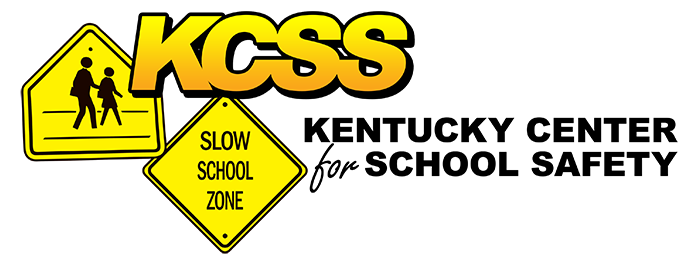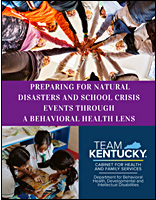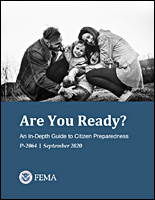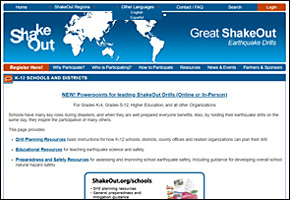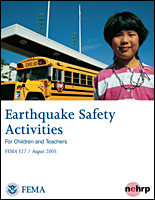Earthquakes for Kids – (Earthquake Hazards Program) Includes various links for earthquake lessons.
Hurricanes – CDC – Includes information on how you can prepare before a hurricane, after a hurricane, and other resources. Many of the resources about cleaning up, staying healthy, and avoiding risks after a hurricane are available in multiple languages.
FEMA for Kids: Tornadoes – Ready.gov – The U.S. Department of Homeland Security (DHS) – Useful resources for students, parents, and teachers.
Severe weather downloadable documents
CDC Earthquakes website – In MOST situations, you will reduce your chance of injury from falling objects (and even building collapse) if you immediately Drop! Cover! Hold On!
Preparing for Floods at K-12 Schools and School Districts – Preparing for Floods at Institutions of Higher Education & Preparing for Floods at State Education Agencies Readiness and Emergency Management for Schools (REMS) – These fact sheets: Describe how to incorporate flooding in emergency management planning and the six-step planning process; Provide flood-related preparedness activities for education agencies before, during, and after a flood emergency; and List key resources to support flood planning efforts. To complement these fact sheets, the REMS TA Center also released Resources on Preparing for Floods at Education Agencies.
Youth Emergency Preparedness Curriculum – Ready Kids – Emergency preparedness curriculum for grades 1-12 that teaches kids what to do before, during, and after an emergency while fostering critical 21st-century skills such as problem-solving, teamwork, creativity, leadership, and communication.
Being a Hero is Fun! – Here are two games for students that will test their know-how in a wide range of emergencies and teach them how to build the perfect emergency kit.
Prepare with Pedro – The Prepare with Pedro: Disaster Preparedness Activity Book, a joint product of FEMA and the American Red Cross, is designed to teach young children and their families about how to stay safe during disasters and emergencies. The book follows Pedro around the United States and offers safety advice alongside crosswords, coloring pages, matching games, and more. It is available in six languages.
Disaster Facts – Disasters don’t plan ahead. You can. Know what disasters and hazards could affect your area and learn what to do before, during, and after each type of emergency.
